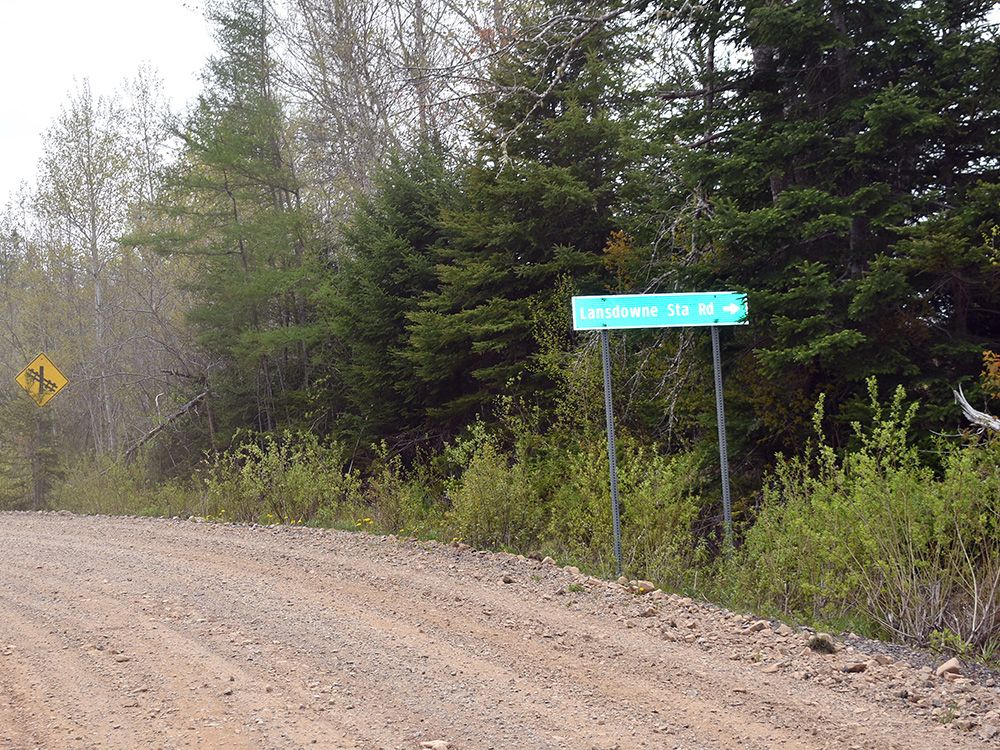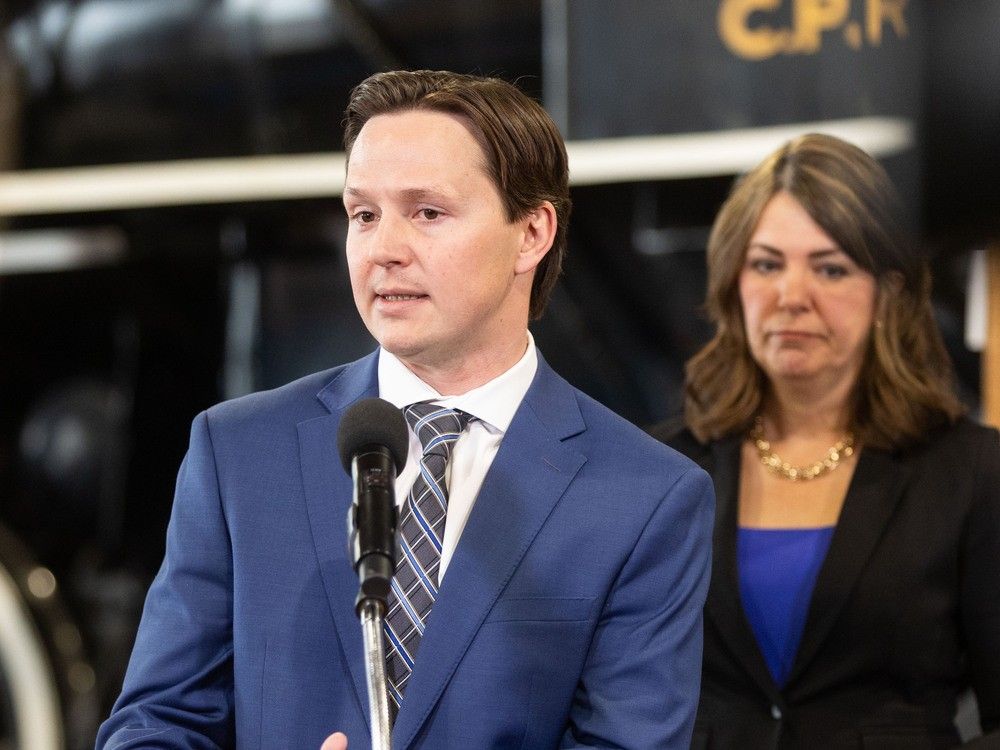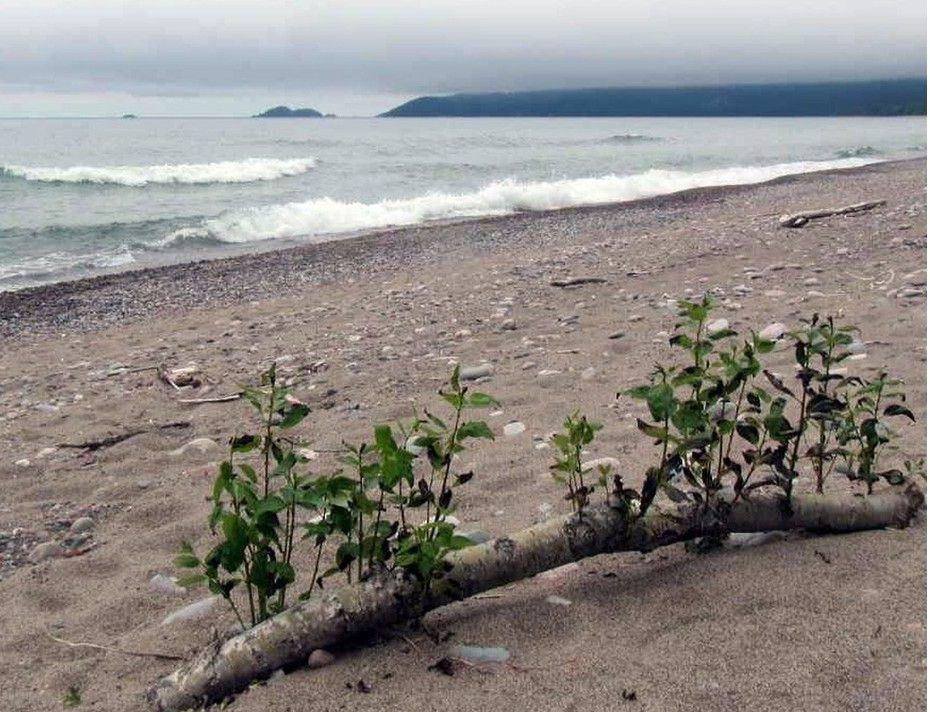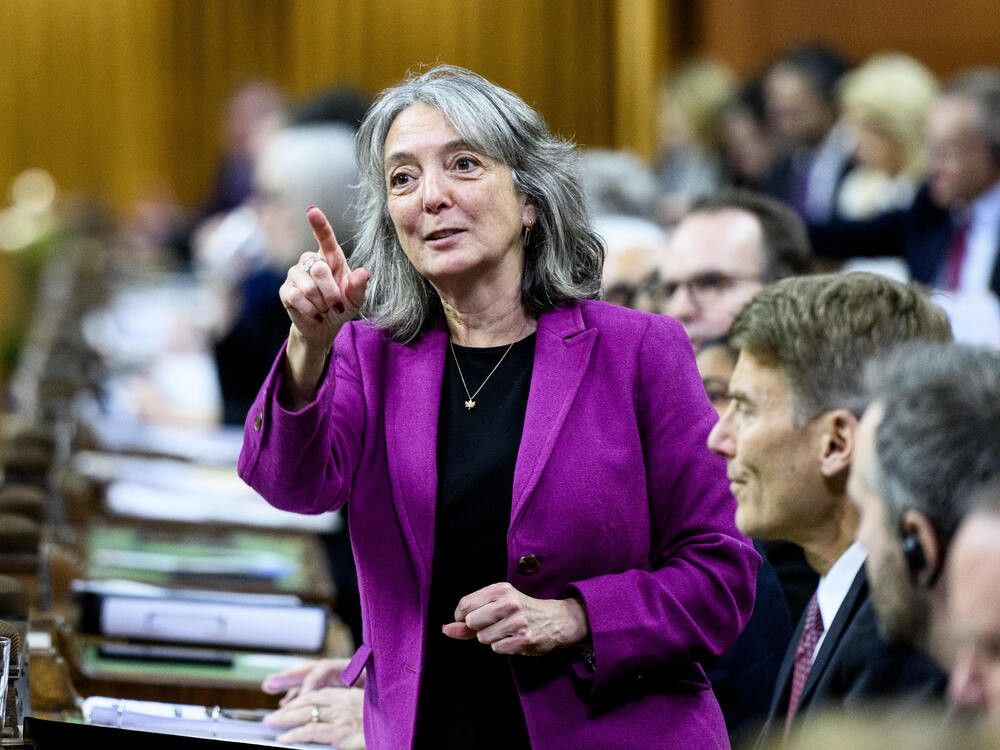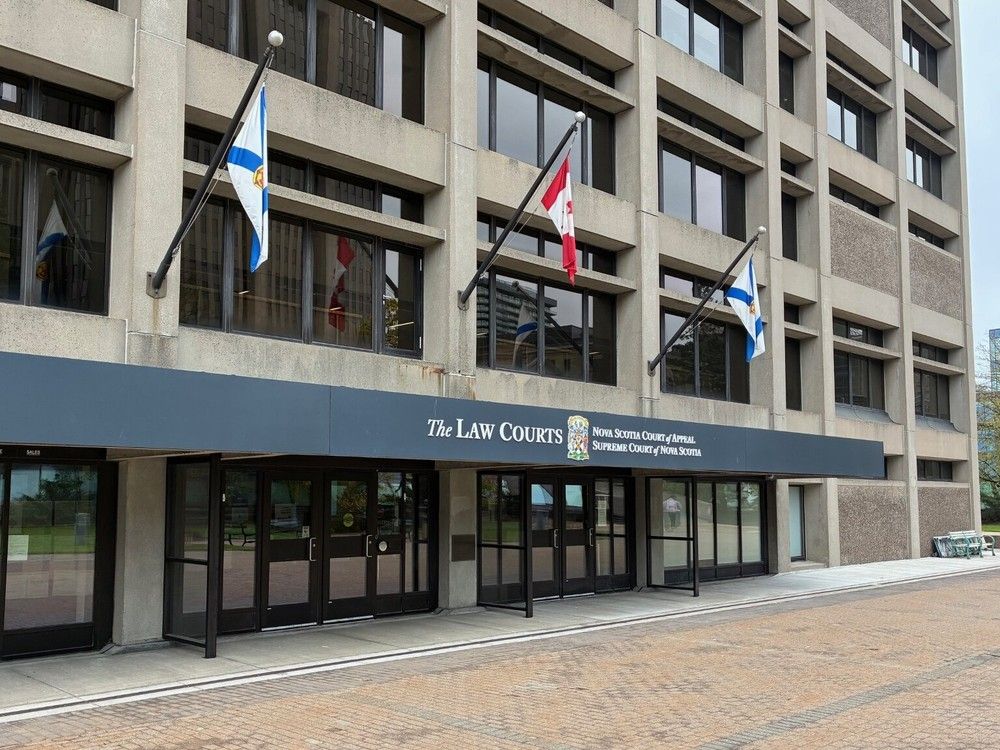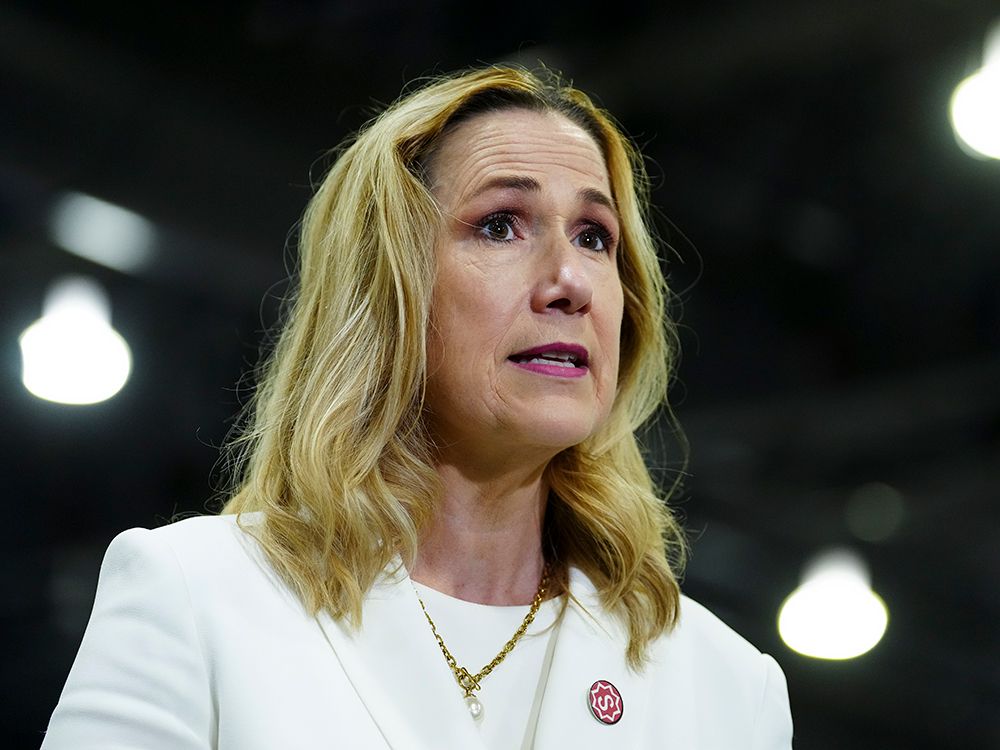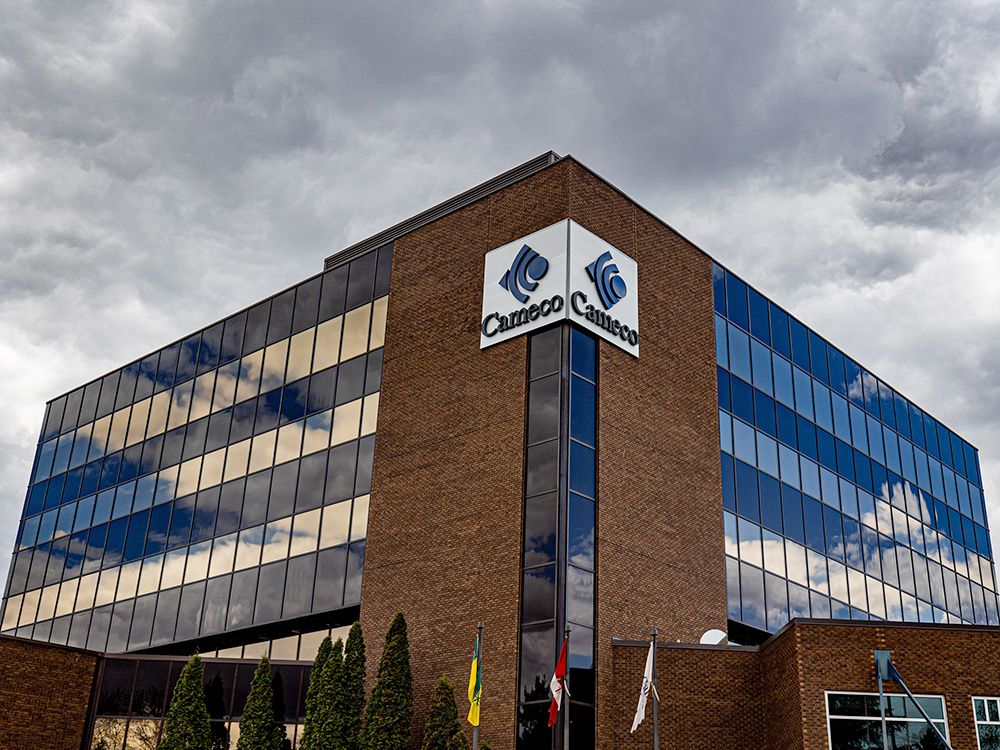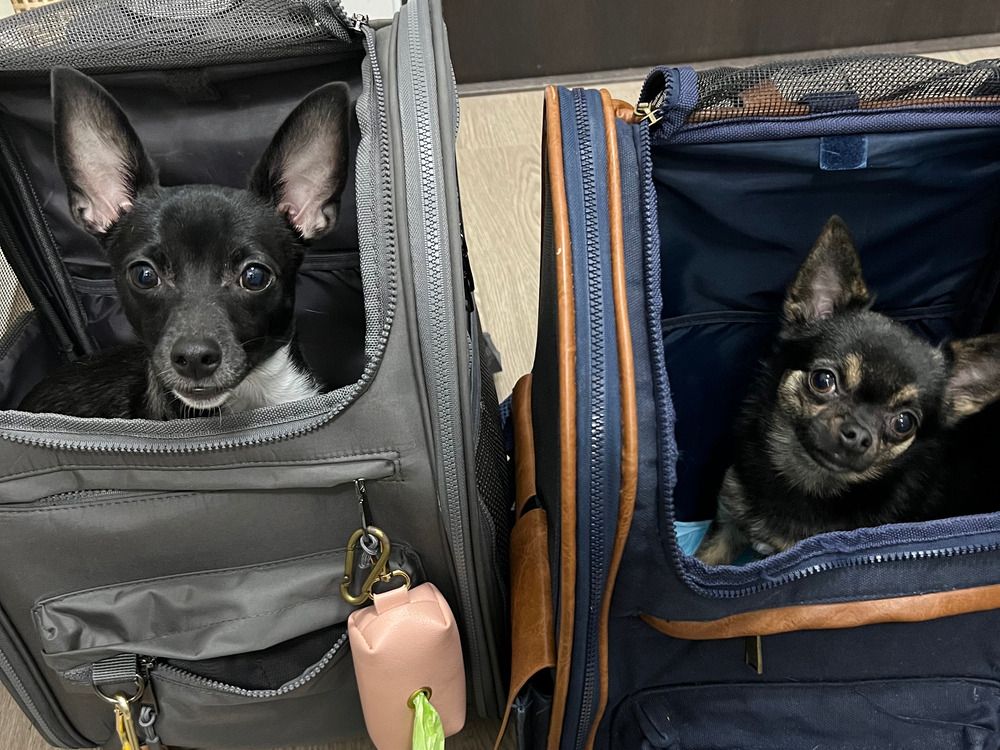
Lilly and Jack Sullivan’s names grace decorations on their paternal grandmother’s Christmas tree, but Belynda Gray is under no illusion the children are still alive.
Lilly, 6, and her four-year-old brother, Jack, were first reported missing from their home in rural northeastern Nova Scotia by their mother, Malehya Brooks-Murray, at 10:01 a.m. on May 2. Brooks-Murray told police she believed the two children had wandered away from their home in Lansdowne Station. Police started looking for the missing kids less than half an hour later, but, so far, one of the largest searches this province has ever seen has been fruitless.
“My place is decorated. I have (four) other grandchildren that come. But it doesn’t feel like Christmas at all,” Gray said in an interview from her home in Middle Musquodoboit, N.S.
When they vanished, Gray hadn’t seen Lilly or Jack in person for 18 months since they moved to Lansdowne Station to live in a ramshackle mobile home with their mother and her then partner, Daniel Martell, their stepfather.
But Gray has fond memories of the two children.
“Lily, when she smiled, her eyes lit up a room,” said her grandmother. “Her whole face glowed when she smiled. She was full of life, inquisitive, curious. She mimicked me like a little robot.”
By contrast, her little brother “very rarely smiled,” Gray said.
“Jack was never a smiley, smiley kid, even as a baby,” said his grandmother.
“He was very curious and always studied things that he would play with, one thing at a time, whereas Lily would dance circles around him. Lily was very outgoing and he was very reserved.”
In October, the RCMP brought in cadaver dogs to search 40 kilometres of territory, but they failed to find any sign of the missing children.
Investigators employed 22 of 23 of the province’s ground search and rescue teams during the hunt for Jack and Lilly, as well as two teams from New Brunswick. All told, they spent 12,253 hours searching for the children.
Mounties continue to work on hundreds of tips generated by the case and searchers have combed through about 8.5 square kilometres of terrain in the probe.
“I’ve got 25 years on (the force) and I absolutely expect to solve this before I retire,” Staff-Sgt. Rob McCamon, the officer in charge of Major Crime and Behavioural Sciences in Nova Scotia, said in an interview.
“This file will get solved long before that.”
He urged anyone with information about the case to contact investigators.
“Deep down, I believe there are people somewhere out there that may have information that will help us,” McCamon said.
Hundreds of RCMP officers from Nova Scotia and elsewhere who have been involved in the case are now heading into the holidays knowing the search that’s gone on for more than seven months has failed to produce answers.
“I think almost everyone on the team and almost everyone that I’ve worked with has kids or at least has relations who have kids,” McCamon said.
“The reality is they’re very vulnerable people in our society that need protection. And this is a very difficult file for all involved because we want the answers just as much as everyone else.”
It’s unacceptable for two kids to go missing and the RCMP not to find answers, he said. “We’re not going to stop until we do.”
The RCMP are confident they will solve the case.
“I worry sick that they may not,” Gray said.
Gray used to see a lot of the children, even after their mother split from her son Cody Sullivan, their biological father, more than three years back.
“The whole family was into their lives when her and my son were together; there were many visits,” she said.
“Once they split up, Malehya would bring the kids here just about every two weeks.”
Those visits continued for about a year after the breakup.
“And on one of the last visits, she stated that she had met somebody,” Gray said. “When she met Daniel she told us that he was uncomfortable with her coming here. So right away we said, ‘Well, why don’t you bring him along?’”
Brooks-Murray promised she’d mention it to him, Gray said.
“But the next time she came, she stated that it is just not working out for her coming here.”

For a time, Gray visited Lilly and Jack in the Truro area, where they were staying with their mother’s family.
“That worked out good for a while,” Gray said.
But in the fall Jack turned three, Gray said when she took him gifts and Halloween treats for both kids, something felt off. “Malehya seemed to be in a rush to hurry our visit.”
After about a year in Truro, Lilly, Jack, their mom and her new partner moved to Lansdowne Station.
“It was Daniel’s mother that gave them her big trailer and she moved into an RV,” Gray said.
“When Malehya told me she was moving to Pictou (County), she told me that his mother had a farm … and right away, I was picturing fields, like farmland. And I told her that sounded awesome. The kids would have a big yard to play in. That was wonderful.”
They “maintained light contact through Facebook,” Gray said.
Before Lilly’s birthday this past March, Gray spoke with Brooks-Murray about sending money to buy a gift for the girl. “I said, ‘I just want you to know that don’t think that we don’t love them because we think about them all the time.’ She said, ‘Look, I was thinking we’re probably going to come by for a visit.’ And I was ecstatic. I told her, ‘We can’t wait.’”
That visit never took place.
When Gray heard Malehya was pregnant with Martell’s child, she chalked up the lack of a visit to that.
“I congratulated her,” Gray said. “And I figured, okay, so this must be why it’s been a little distant right now, because, I mean, she’s pregnant. And I made up excuses about why she was too busy.”
At first, in the photos of Jack and Lilly their mom posted on social media, “they looked well cared for,” Gray said.
“They were happy and I just told myself it was okay if I didn’t see them because they’re living a good life.”
After the baby was born, the photos their mom posted of Jack and Lilly started to dwindle, Gray said.
She started worrying about seeing “a big difference in the kids. And I just kept telling myself, she’s got a new baby, and I know having a new little one, it can be a little bit rough.”

Then Gray’s son lost his job and stopped paying Brooks-Murray child support.
“I had no idea they were having other money troubles at the same time,” Gray said.
Gray learned of Lilly and Jack’s disappearance this past May 2 from a family member.
She was shocked the next day to see the yard around the mobile home where they were living was littered with old cars and junked appliances.
“I am on the poor side, but you can still fix up what you have,” Gray said. “It was very rundown. And there was a lot of trash around.”
Gray first met Martell in the days after Jack and Lilly went missing.
“He seemed to be fairly concerned,” Gray said.
“Malehya told me on Saturday (the day after Jack and Lilly vanished) that he’s been in the woods since the kids went missing, that he’s been scouring the woods ever since,” Gray said.
The mobile home where they were living sits along a gravel road surrounded by dense woods.
“The woods is a giant maze that if you’re not crawling under something, you have to climb over it,” she said.
“There was no way whatsoever that those kids … would want to do that, the woods were that bad.”
The little girl did not like bugs, said her grandmother. “Lilly had that princess thing about her even as a baby. So, I could not see her wanting to go there at all.”
Jack was curious, and did like bugs, Gray said. “But from all indications, from all the people on the property, he did not like the woods because he couldn’t walk and he kept tripping up and falling. So that tells me these kids would not go into the woods.”
Gray has her theories about what happened to Lilly and Jack. Now she’s looking for evidence about what was going on in their lives before the children vanished.
“I know Daniel’s family is all pushing that the children were taken,” she said. “That is what his side of the family has been preaching. I do not believe it.”
Mounties also say they don’t have any direct evidence of the children being abducted.

Gray knows there are wild animals in the area, including coyotes and bears. But she doubts they attacked her grandchildren. “You would find remains,” Gray said, noting searchers also told her they keep an eye on the sky looking for carrion-eating birds that would circle a fresh kill in the woods.
On the morning Lilly and Jack were reported missing, Martell has said he was laying in bed with Malehya and their new baby when Lilly came into their bedroom.
“She had a pink shirt on. We could hear Jackie in the kitchen,” he said. “A few minutes later we didn’t hear them so I went out to check. The sliding door was closed. Their boots were gone.”
He surmised publicly that the children slipped outside through a sliding door.
Martell said when they noticed the two children were missing, he immediately jumped in a white sport utility vehicle and searched neighbouring roads, looking in culverts. By the time he returned home, the RCMP were there, having been called by the children’s mother.
On the weekend after they vanished, Brooks-Murray told CTV that Jack and Lilly were not typically the type of children who would go outside on their own. “I just want to remain hopeful, but there’s always in a mother’s mind, you’re always thinking the worst,” Brooks-Murray said at the time.
Soon after the children disappeared, Brooks-Murray reportedly left Martell and the county with their baby to stay with family.
Martell has said that he provided the RCMP with his cellphone and that he worked with investigators.
Mounties conducted at least four polygraphs during their investigation. Martell’s test early on in the probe “indicated he was truthful,” as did the test for Brooks-Murray, according to documents police used to obtain search warrants in the case.
The children’s mother told police at one point that their biological father might have picked them up and taken them to New Brunswick. But investigators met with Sullivan on May 22.
“He said he did not know what happened to Jack and Lilly,” police noted. “He was home on May 2, 2025, and never goes anywhere. He has not been anywhere other than his house recently and has had no contact with Malehya since the children went missing.”

Cody Sullivan, underwent a polygraph on June 12, and he passed the examination, with his answers found to be “truthful,” according to police.
Lilly and Jack’s disappearance has “been a hard go” for the biological dad, who never fought for their custody, Gray said.
Her son is living with her and their place is decorated for Christmas. Four other grandchildren — all bearing some degree of resemblance to Jack and Lilly — will show up during the holidays to unwrap their presents.
“It forces you to stay in the here and now,” Gray said of their joyful presence.
But Gray hasn’t bought any gifts for Jack and Lilly. “Because what do I do with them afterwards?”
She’s hired a lawyer “trying to get legal guardianship” of her missing grandchildren.
Because she’s not a parent but just a grandparent, Child Protective Services wouldn’t divulge to her any previous concerns they’d had about Jack and Lilly’s care.
“So I’m seeking legal guardianship, mainly for information.”
Gray is now waiting to hear back from the courts.
“We’re waiting to see if (their mother) is going to dispute it,” she said.
Gray now wishes she’d stepped in earlier to help care for Lilly and Jack. “If I had time back,” she said, her voice trailing off.
“We would have gladly had (their mom) drop them off so she could have a break.”
Gray has steeled herself to the possibility the children may never be found. “The only thing I tell myself is I know that they know we love them.”
Our website is the place for the latest breaking news, exclusive scoops, longreads and provocative commentary. Please bookmark nationalpost.com and sign up for our daily newsletter, Posted, here.









